Alexander Hamilton Monument
Introduction
Text-to-speech Audio
Images
Alexander Hamilton Monument in Lincoln Park
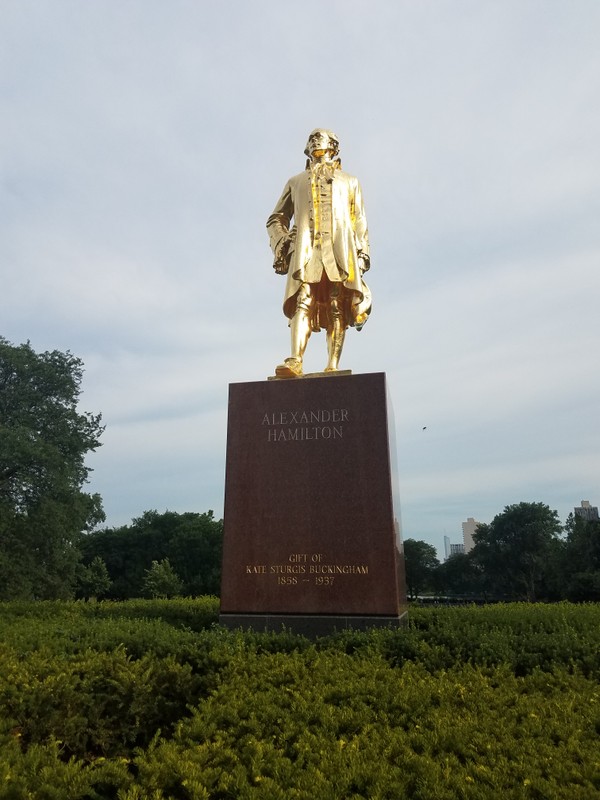
Alexander Hamilton (1755/1757-1804)
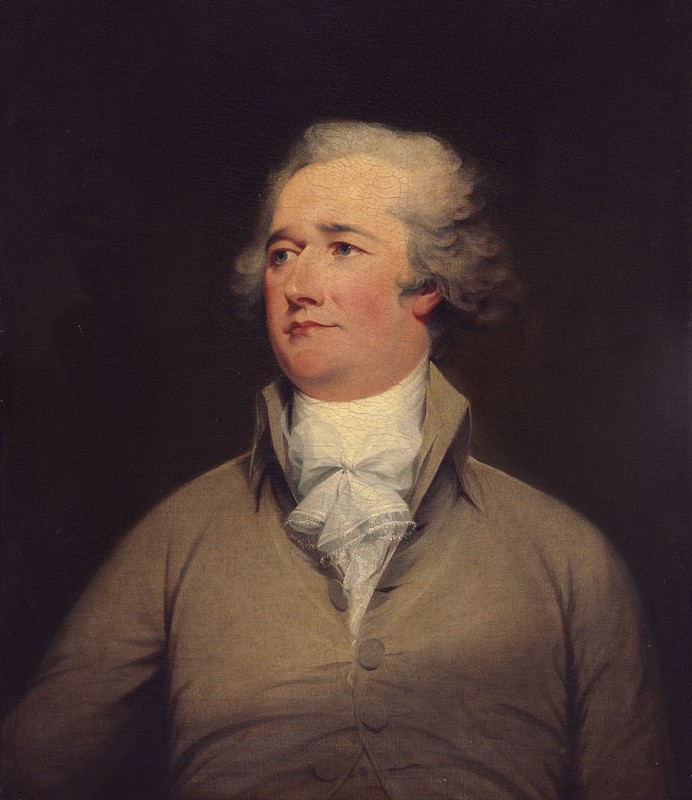
Kate Sturges Buckingham (1858-1937)
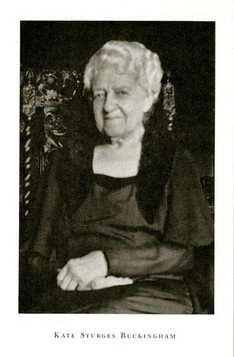
Eliel Saarinen's colossal design
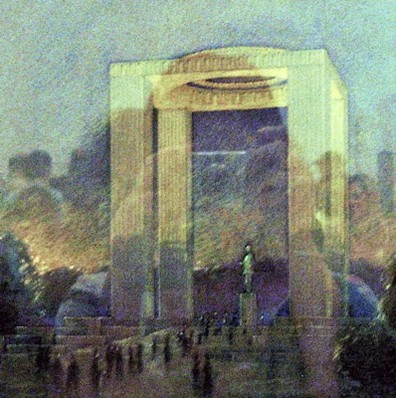
The monument before 1993 with Samuel Marx's Black granite setting
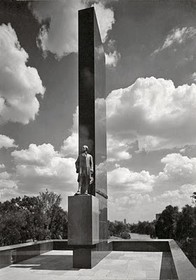
Backstory and Context
Text-to-speech Audio
Alexander Hamilton was born out of wedlock to James Hamilton and Rachel Faucette in January of either 1755 or 1757 on the British-held Caribbean island of Nevis. In 1766, James Hamilton abandoned Faucette and their two sons, James and Alexander. Faucette then moved with her sons to St. Croix, which at the time was part of the Danish West Indies. In 1768, Hamilton’s mother died, leaving him and his older brother orphaned. While working as a clerk on St. Croix, Hamilton wrote and published an eloquent letter describing a hurricane that hit the island in 1772. Recognizing the young man’s superior intellect and desirous to see him reach his full potential, residents of St. Croix raised enough money to send him to the British North American colonies to receive an education.
Hamilton arrived in the American colonies in late 1772. Despite initially applying for admission to the College of New Jersey (now Princeton University), he ultimately enrolled at King’s College in New York City (now Columbia University). During his time there, Hamilton became sympathetic to colonial criticisms of British imperial policy, going so far as to write several pamphlets challenging loyalist views. When the American Revolution broke out, he first drilled with a New York militia company before becoming captain of an artillery company in March 1776. While serving with the unit, Hamilton participated in several of the conflict’s early engagements, including the Battle of Trenton. Eventually, he caught the eye of General George Washington, who offered Hamilton a position on his staff. The young patriot accepted and received a promotion to the rank of lieutenant colonel. In 1780, Hamilton wed Elizabeth Schuyler, the daughter of Philip Schuyler, a wealthy New Yorker and general in the Continental Army. The following year, after a spat with Washington over not yet receiving a field command, Hamilton resigned his position. Despite the quarrel and resignation, Washington granted him his wish and assigned him a field command. During the Siege of Yorktown in October 1781, Hamilton proved himself in battle when he led a successful assault on a British defense, which helped lead to General Lord Cornwallis’s eventual surrender.
After the war, Hamilton read law, passed the bar, and started a law practice in New York City. He also served as a New York delegate to the Confederation Congress in 1782 and the Constitutional Convention five years later. A supporter of the Constitution’s ratification, he coauthored the Federalist Papers along with James Madison and John Jay. When George Washington became the first President of the United States, he appointed Hamilton the nation’s first secretary of the treasury. Before Washington left office, Hamilton helped the Virginian draft his famous farewell address.
On the morning of July 11, 1804, Hamilton met Aaron Burr in Weehawken, New Jersey for a duel. Trouble between the two men had been brewing for nearly fifteen years. In 1791, the New York State Legislature chose Burr to represent the state in the U.S. Senate rather than returning Hamilton’s father-in-law, incumbent Philip Schuyler, to Washington, D.C. Nine years later, when the presidential election resulted in an electoral tie between Burr and Thomas Jefferson, Hamilton threw his support behind Jefferson, helping him capture the presidency at Burr’s expense. In 1804, during the New York gubernatorial election, an Albany newspaper published a letter claiming that Hamilton had insulted Burr, a candidate in the election, at a private dinner party. After losing the election, Burr confronted Hamilton and challenged him to a duel. During the illegal affair, Hamilton suffered a gunshot wound to the stomach and died the following day.
About one hundred and twenty-five years after Hamilton’s death, Kate Sturges Buckingham, a Chicago philanthropist and patron of the arts, conceived of the idea of a monument in the city to the Founding Father and first secretary of the treasury. She hired English-born sculptor John Angel to design a statue of Hamilton and renowned Finnish architect Eliel Saarinen to design a grand setting for it. The project was delayed when Saarinen’s design was not well received by the public and Buckingham died in 1937. The executors of her estate and the trustees of the monument were slow to act in the years that followed, but a series of court rulings in the 1940s mandated that the monument be completed by 1953. Consequently, the trustees hired architect Samuel A. Marx to design a new setting for the statue and selected the city’s Lincoln Park as the location for the monument. Dedicated in 1952, the monument consisted of a thirteen-foot-tall gilded bronze sculpture of Hamilton on a cantilevered block of red granite built into a seventy-eight-foot-tall Black granite stele. The gigantic stele was attached to—and sat at the center of—a Black granite exedra. In 1993, after studies discovered that the monument’s granite setting had major structural design flaws, the Chicago Park District demolished much of it, leaving behind only the red granite pedestal.
Sources
"Alexander Hamilton Monument." Chicago Park District. City of Chicago. Web. 1 March 2021 <https://www.chicagoparkdistrict.com/parks-facilities/alexander-hamilton-monument>.
History.com Editors. "Alexander Hamilton." History. A&E Television Networks. 16 October 2020. Web. 1 March 2021 <https://www.history.com/topics/american-revolution/alexander-hamilton>.
O'Keefe, Kieran J. "Alexander Hamilton." George Washington's Mount Vernon. Mount Vernon Ladies' Association. Web. 1 March 2021 <https://www.mountvernon.org/library/digitalhistory/digital-encyclopedia/article/alexander-hamilton/>.
https://chihistoryhour.com/2018/07/22/why-is-there-a-statue-of-alexander-hamilton-in-lincoln-park/
https://www.britannica.com/biography/Alexander-Hamilton-United-States-statesman
http://www.connectingthewindycity.com/2013/12/kate-sturges-buckingham-passes-december.html
http://andrewraimist.com/2010/09/chicagos-alexander-hamilton-memorial.html
http://andrewraimist.com/2010/09/chicagos-alexander-hamilton-memorial.html
